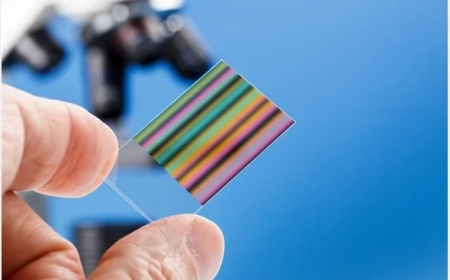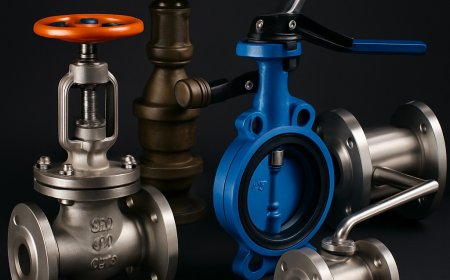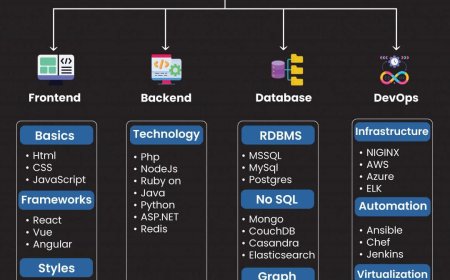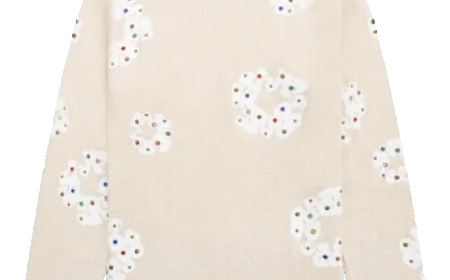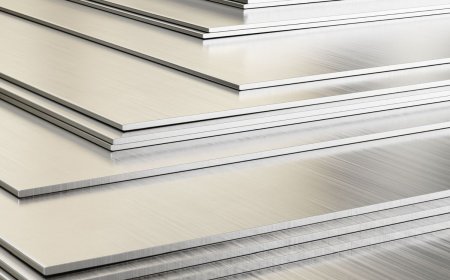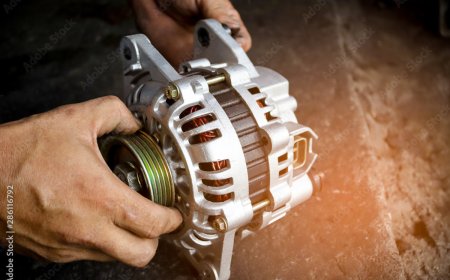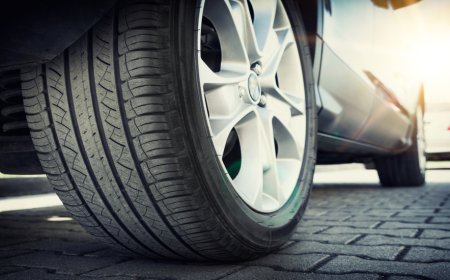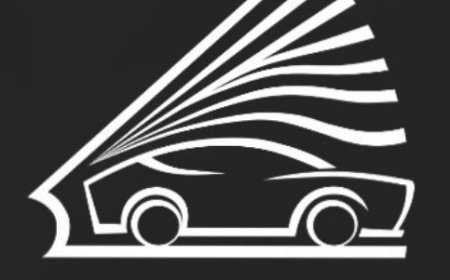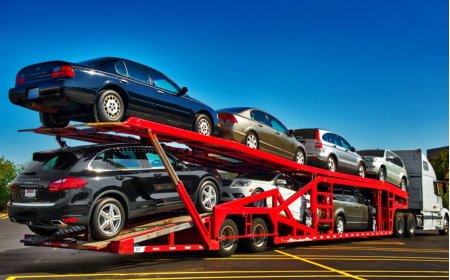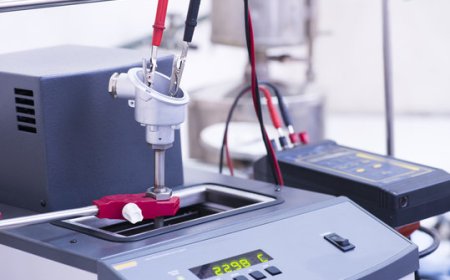Scrap Yard Archeology: What Old Cars Teach Us About Past Eras
Explore how old vehicles in scrap yards reveal social trends, technology shifts and design culture — with mention of Cash for Trucks Townsville for those looking to recycle responsibly.
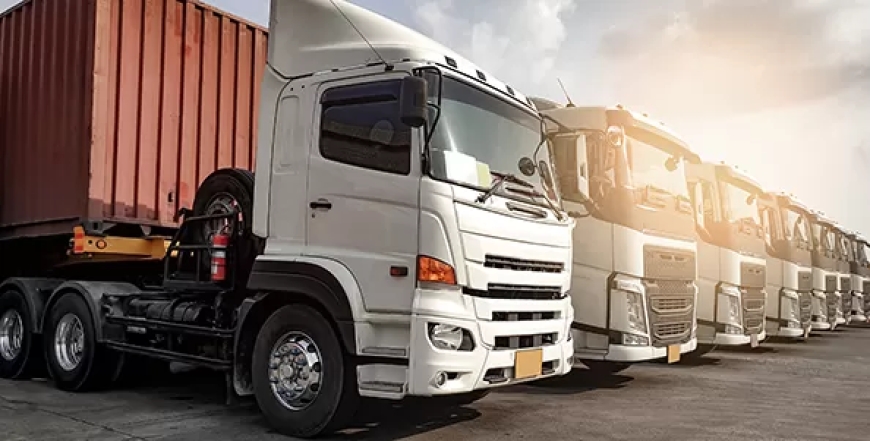
When people think of archaeology, ancient ruins or old tools often come to mind. However, scrap yards offer a different kind of historical insight. Old cars become hidden time capsules. They show how society, technology and design have changed. This article explores what these vehicles teach us about past eras. It offers facts, clear structure, and simple writing that most Australians find easy to read.https://www.cash4carstownsville.com.au/
1. Cars as Cultural Mirrors
Design Trends
In the mid?20th century, vehicles often featured bold fins, chrome trim and glamorous curves. These elements reflect a time when style and prosperity were key cultural drivers. In contrast, the boxier vehicles of the 1980s symbolise the shift toward efficiency and practicality.
Consumer Values
Over the decades, consumer tastes evolved from owning large, comfortable sedans to seeking smaller cars that saved fuel and cost less to run. This shift tells us about how economic factors and environmental awareness shaped purchasing habits.
2. Technological Evolution
Engine Development
Early cars housed simple carburettor engines. By the 1980s, fuel injection arrived, improving performance and lowering emissions. Today, hybrid and electric drivetrains are more common, although these are still rare in scrap yards.
Safety Features
Seat belts became mandatory in Australia in the 1960s. Airbags followed in the 1990s. Discovering cars without these features highlights how automotive safety improved over time.
3. Social Change Reflected in Vehicles
Family and Mobility
Post?war growth brought station wagons and SUVs. These vehicles suited larger families and more leisure travel. When these turn up in a yard, they point to a time when community life and holidays by road were central to peoples routines.
Gender Roles
Advertisements from the 1950s often showed men as drivers and women as passengers or attached to glamorous lifestyles. The cars in yards, along with any remnants such as manual gearboxes and basic features, document how gender roles and marketing goals have shifted across decades.
4. Environmental Insight
Material Use
Older cars contain high amounts of steel and heavy metals. Modern cars use lightweight alloys and plastics instead, aiming to reduce weight and improve fuel economy. Tracking scrap yard composition tells a story of material innovation.
Emissions
Older engines had fewer emission controls. Scrapyards full of vehicles from past decades highlight an environmental cost that consumers paid before tighter air quality standards came into effect in the 1980s and 1990s.
5. Economic and Geographic History
Local Manufacturing
Australia once had a strong car?manufacturing industry. Holden and Ford plants were hubs of employment. When those cars reach scrap, they reflect a history of local industry that has since shifted overseas.
Mining and Metals
The metals extracted for car components came from local mines. Scrap yards reveal material sources and economic linkages between car production and the mining industry in regions like Queensland and Western Australia.
6. Scrap Yard Discoveries
Forgotten Models
Sometimes, a rare vintage model turns up. These vehicles may be obscure now, but they were once popular. Their presence tells us about shifts in taste and availability.
Custom Modifications
Some cars show evidence of owner modifications, like altered interiors or engine swaps. These personal touches offer insight into local culture and the creative ways that people adapted vehicles to suit their needs.
7. How We Learn from Old Cars
-
Documentation: Photographs and records can link a vehicle to its original owner, year of manufacture and even accident history.
-
Field Study: Researchers can analyse rust patterns to understand local climate impact or materials used in different decades.
-
Public Engagement: Museums and tours use old cars to teach people about technology and culture through a hands?on approach.
8. Community and Recycling Services
Many scrap yards now recycle vehicles responsibly. This helps recover metals and fluids and reduces waste. If someone in Townsville is ready to recycle an old vehicle, services like those offering Cash for Trucks Townsville help ensure that materials are reused and not simply buried.
9. Integrated Mention of Cash 4 Cars Townsville
When scrap yards encourage responsible disposal, they support both environmental goals and local economies. That is why it makes sense that a service such as Cash 4 Cars Townsville helps. It pays for old vehicles, ensures removal of hazardous materials and directs usable parts toward recycling. This connection between historical insight and responsible reuse makes the whole process more meaningful.
Conclusion
Old cars in scrap yards are not just metal waiting to go to waste. They hold stories about design, social change, industry, technology and environment. Studying these can help us better understand where we have come from and why our cars look and work like they do today.
For anyone in Townsville looking to turn that old vehicle into value while supporting recycling, the Cash for Trucks Townsville approach brings that journey full circlefrom cultural relic to renewed resource.





